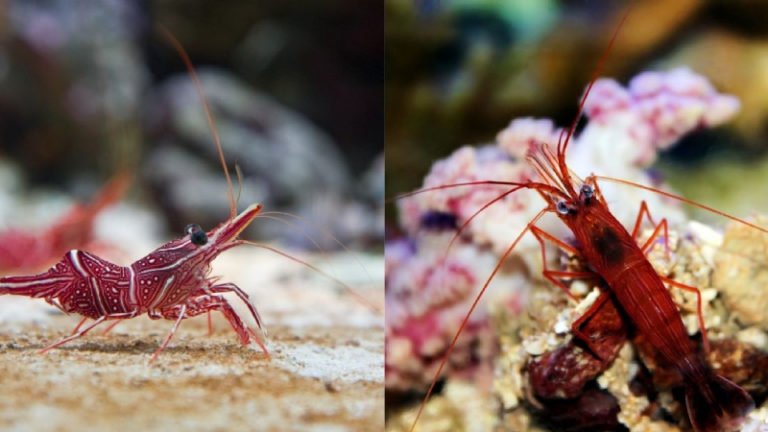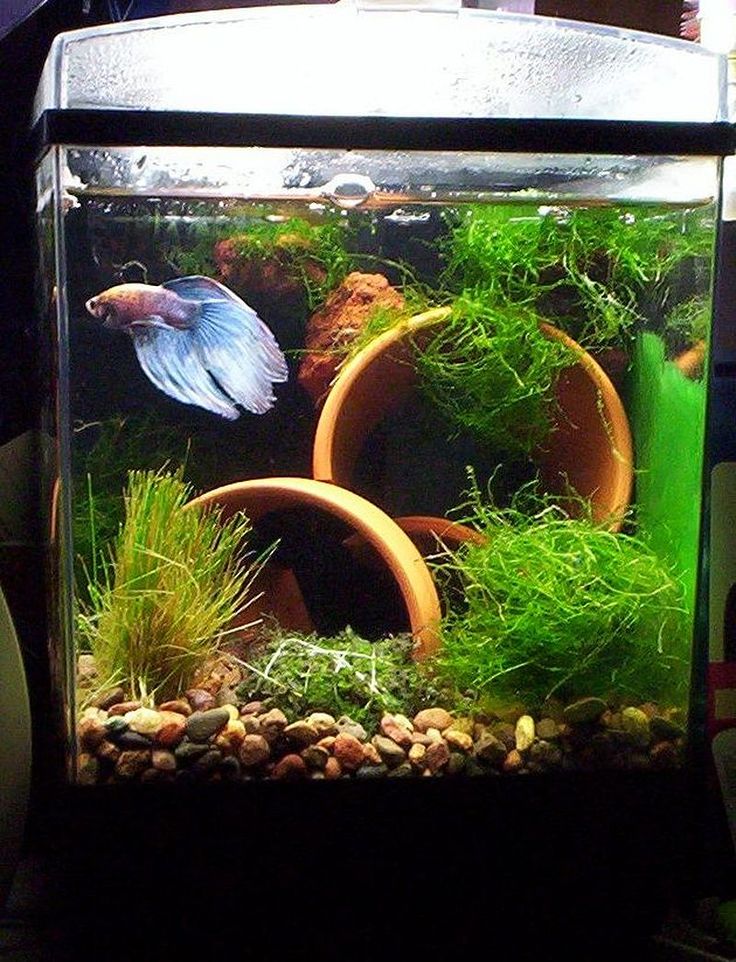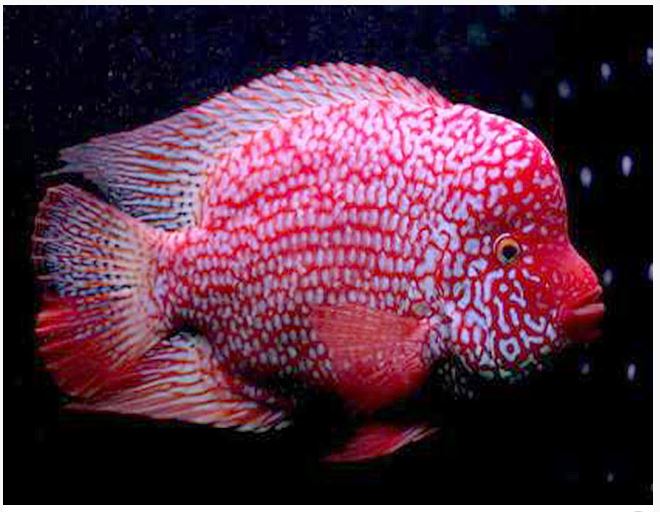Peppermint Shrimp Vs Camel Shrimp
Peppermint Shrimp vs Camel Shrimp: Exploring the Differences and Similarities
When it comes to keeping a marine aquarium, choosing the right inhabitants is crucial. Among the myriad options available, peppermint shrimp and camel shrimp often find themselves at the top of enthusiasts’ lists. Both species bring unique qualities to the tank, making them popular choices among aquarists. But how do peppermint shrimp and camel shrimp compare to each other? In this article, we’ll explore the differences and similarities between these two popular aquarium shrimp.
Peppermint Shrimp: A Splash of Color
Peppermint shrimp, scientifically known as Lysmata wurdemanni, are small, vibrant crustaceans that originate from the Caribbean region. These shrimps steal the show with their stunning red and white striped bodies, instantly adding a burst of color to any aquarium.
Despite their striking appearance, peppermint shrimp are often chosen for their exceptional cleaning abilities. They have a voracious appetite for a variety of pests, making them excellent natural pest control agents. These shrimps are highly effective at combating common aquarium nuisances like Aiptasia, a type of invasive anemone that can harm corals.
Additionally, peppermint shrimp are known for being reef-safe, meaning they won’t harm corals or other invertebrates. This makes them a desirable addition to mixed species aquariums.

Camel Shrimp: Masters of Camouflage
Camel shrimp, also referred to as Candy Cane shrimp or Camelback shrimp, are a unique species that belong to the Rhynchocinetidae family. These shrimp are native to the Indo-Pacific region and are famous for their impressive ability to blend seamlessly into their surroundings.
Unlike peppermint shrimp, camel shrimp lack the bold coloration. Instead, they sport a mottled brown or reddish-brown appearance with intricate patterns, resembling pieces of coral or detritus. This camouflage helps them hide from potential predators and increases their chances of survival in the wild.
Camel shrimp possess a similar cleaning behavior to peppermint shrimp. They utilize their elongated pincers to sift through substrate and consume debris, dead plant matter, and small organisms. This scavenging behavior aids in maintaining the cleanliness of the aquarium.
Habitat and Tank Requirements
While both peppermint shrimp and camel shrimp thrive in marine environments, they have slightly different habitat preferences. Peppermint shrimp are more commonly found in the Caribbean Sea and prefer subtropical to tropical waters, while camel shrimp inhabit the reefs of the Indo-Pacific region.
In terms of tank requirements, both species have comparable needs. A well-established, mature aquarium with stable water parameters is essential for their overall health. Ideal water conditions include a temperature range of 75-82°F (24-28°C), pH level between 8.0-8.4, and a salinity of 1.023-1.025.
It’s worth noting that camel shrimp require a more established aquarium with ample hiding places. Their camouflage behavior relies on the availability of suitable hiding spots, such as live rock or coral structures. On the other hand, peppermint shrimp are generally content with a few hiding places for shelter, making them slightly less demanding in this aspect.
Compatibility with Tankmates
When introducing any new species to an aquarium, it’s important to consider their compatibility with existing tankmates. Both peppermint shrimp and camel shrimp have varying levels of compatibility, depending on the species they cohabit with.
Peppermint shrimp are known for their peaceful demeanor, making them suitable tankmates for a wide range of marine fish and invertebrates. They generally steer clear of aggressive interactions, giving other species in the tank a sense of security. However, it’s crucial to ensure adequate hiding places for both the shrimp and their tankmates to minimize conflicts.
On the other hand, camel shrimp can exhibit territorial behavior, especially towards their own kind. They may engage in skirmishes over hiding spots or food sources, leading to aggression towards other shrimp. It’s important to provide enough space and hiding places to prevent territorial disputes among camel shrimp or with other species.
Reproduction and Lifespan
When it comes to reproduction, both peppermint shrimp and camel shrimp have unique strategies. Peppermint shrimp follow a complex courtship ritual where males release pheromones to attract females for mating. The females then carry fertilized eggs and release them into the water column, where they undergo a planktonic larval stage before settling to the bottom as miniature shrimps.
Camel shrimp, on the other hand, have a more mysterious reproductive process that is not yet well understood. Despite being relatively common in the aquarium trade, successful breeding and rearing of camel shrimp in captivity are rare occurrences.
In terms of lifespan, both species have comparable lifespans, ranging from 1-2 years in captivity. However, with proper care and a suitable environment, some individuals have been reported to live up to 3 years.
Frequently Asked Questions
Q: Are peppermint shrimp and camel shrimp compatible with coral reef aquariums?
Yes, both peppermint shrimp and camel shrimp are generally considered reef-safe and won’t harm corals or other invertebrates.
Q: Do I need to supplement the diet of peppermint shrimp and camel shrimp?
While both species have voracious appetites for pests and detritus, it’s recommended to supplement their diet with additional foods like frozen or dried shrimp pellets or sinking pellets to ensure their nutritional needs are met.
Q: Can peppermint shrimp and camel shrimp be kept together in the same tank?
While it’s generally possible to keep both species in the same tank, caution should be exercised due to potential territorial conflicts. It’s important to provide ample hiding places and closely observe their behavior for any signs of aggression.
Final Thoughts
Peppermint shrimp and camel shrimp are both fantastic additions to a marine aquarium. While peppermint shrimp offer a burst of color and exceptional cleaning abilities, camel shrimp impress with their remarkable camouflage and scavenging behavior. Understanding their differences and similarities can help you make an informed decision when choosing the perfect shrimp for your tank. Whether you opt for the vibrant stripes or the master of disguise, these shrimp will undoubtedly bring excitement and entertainment to your underwater world.






